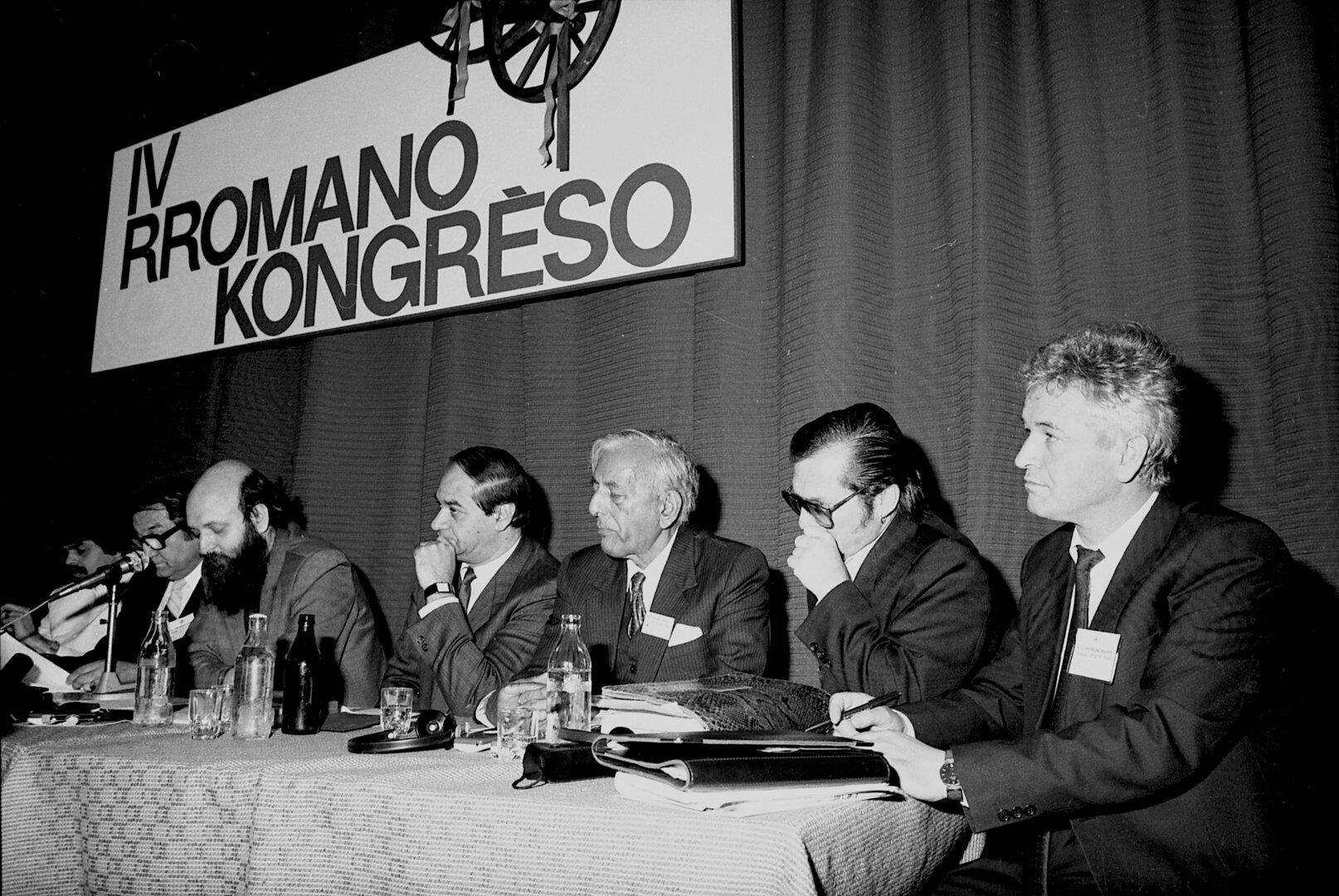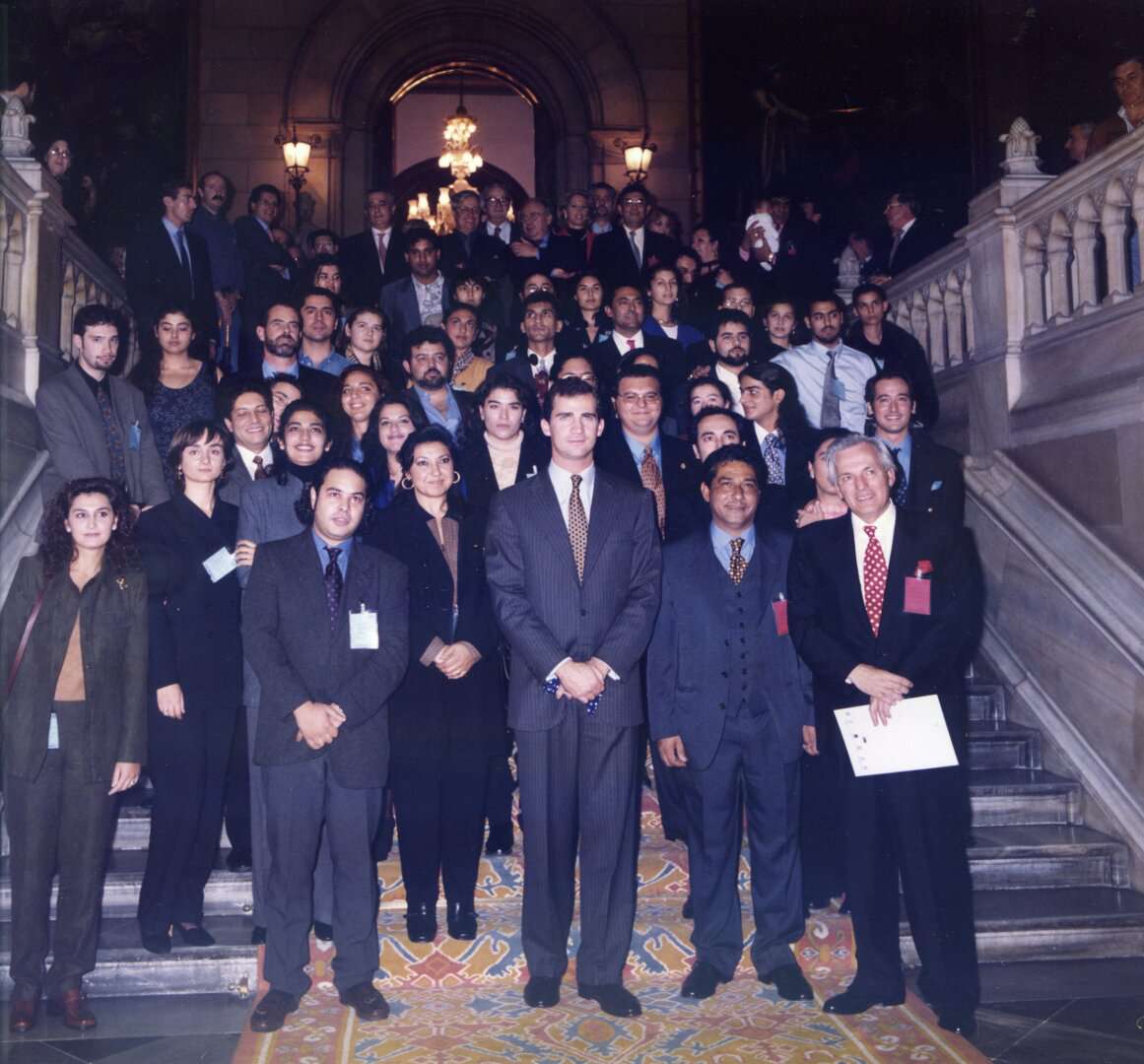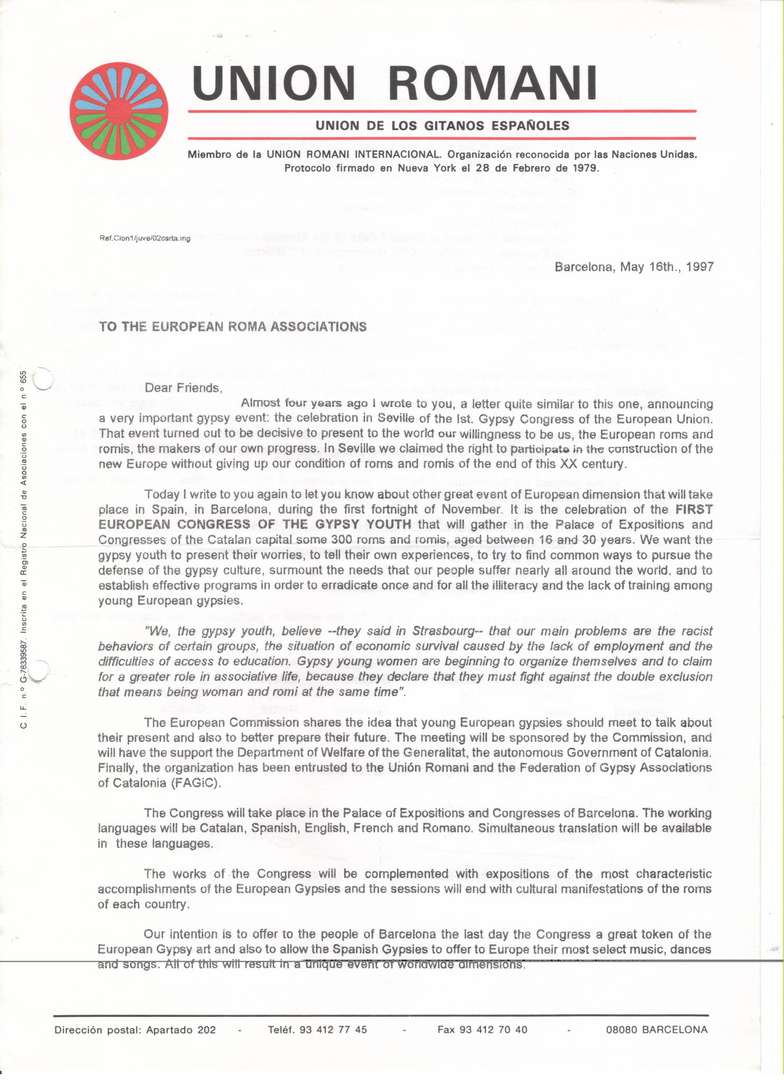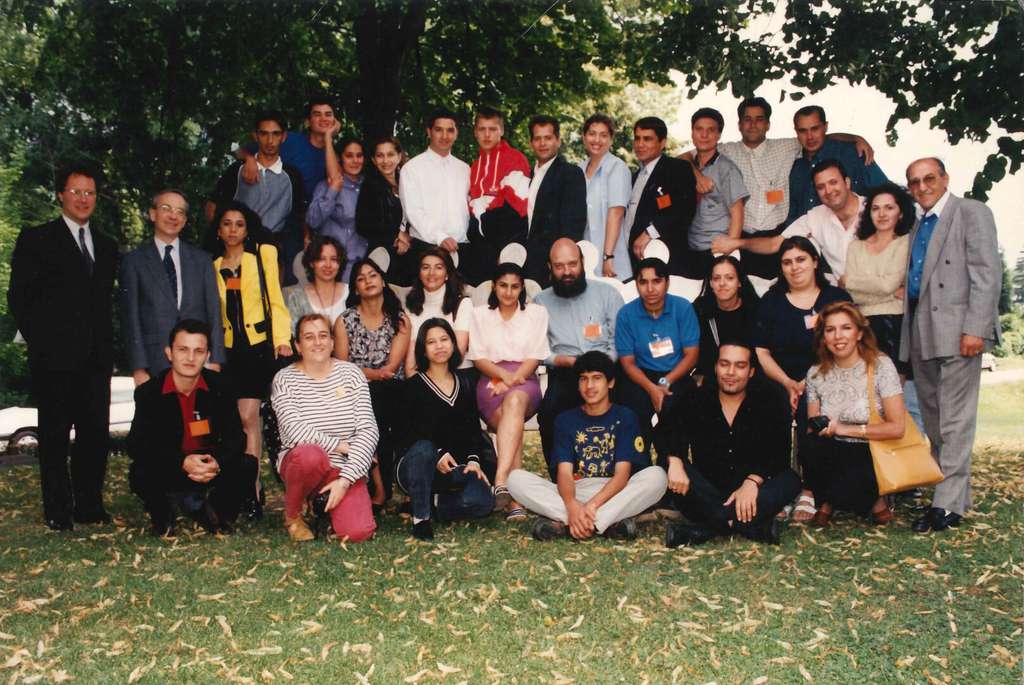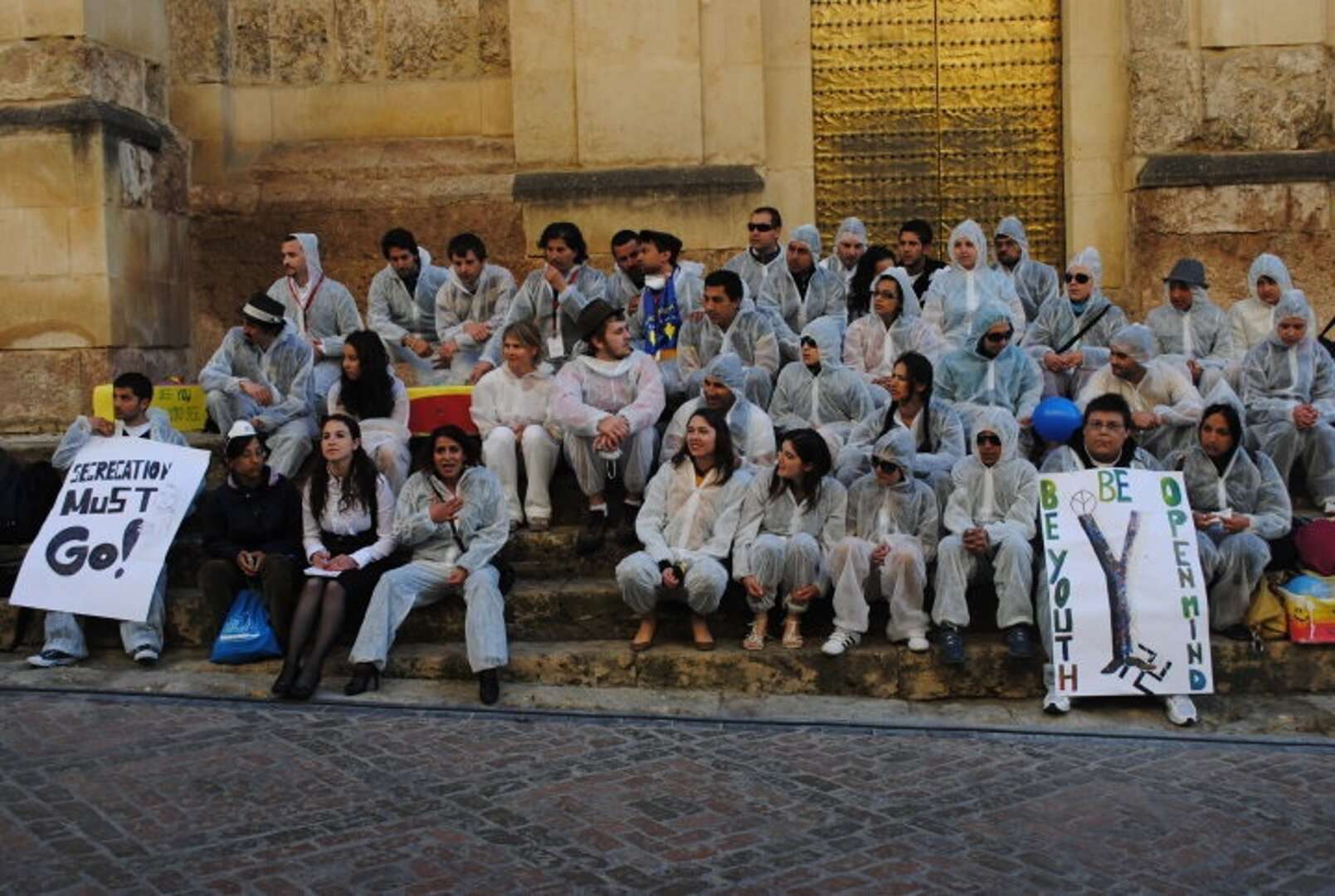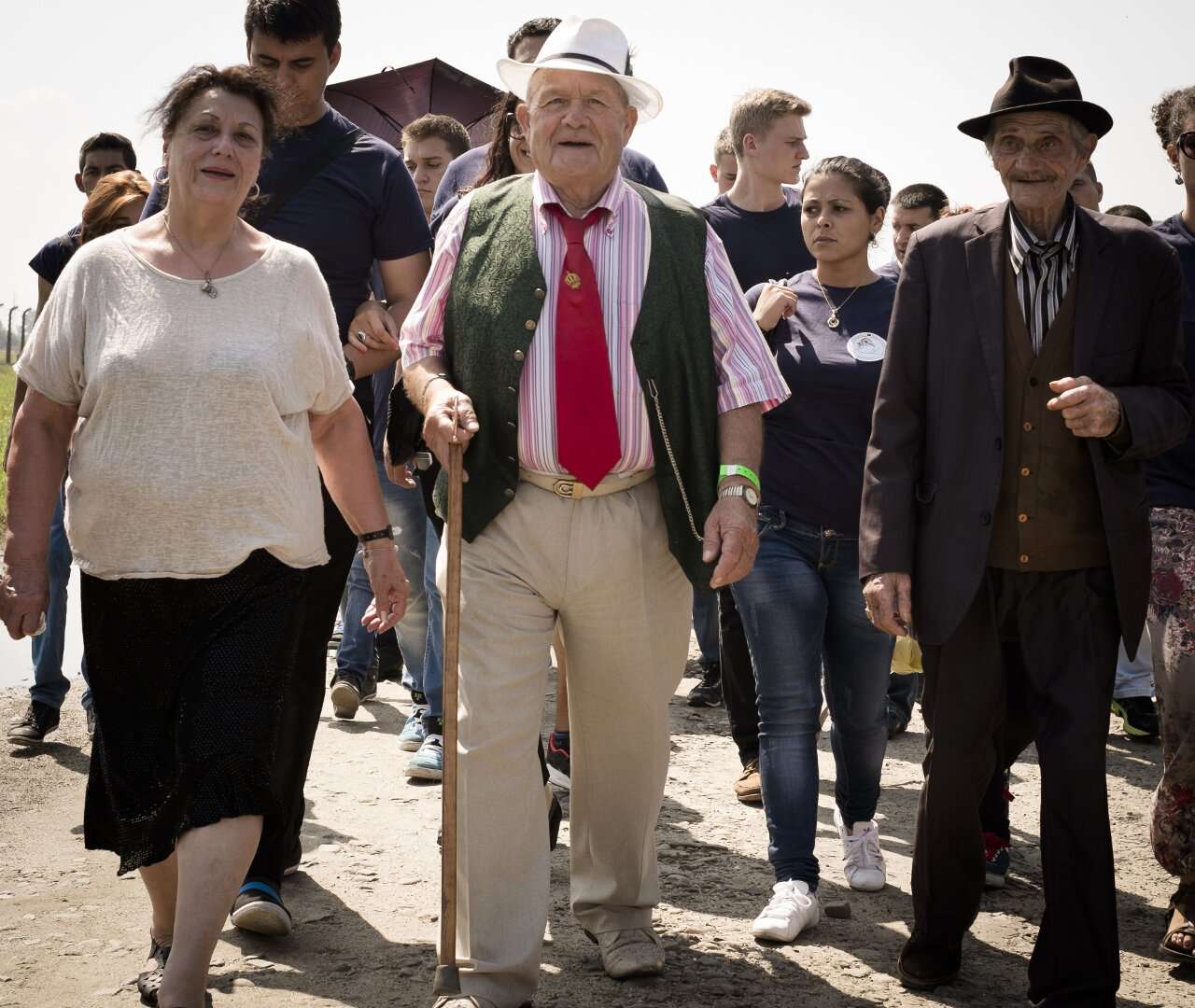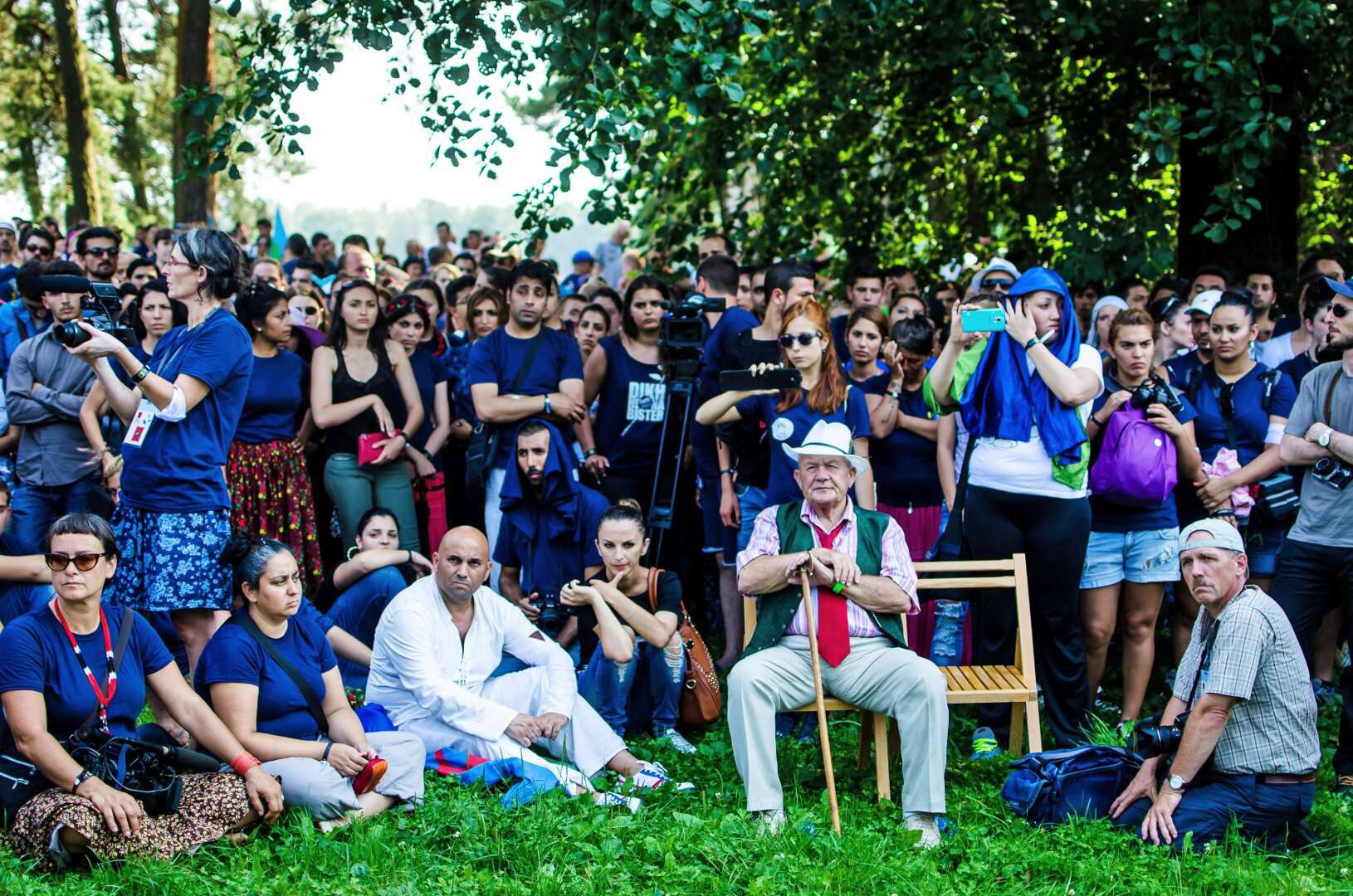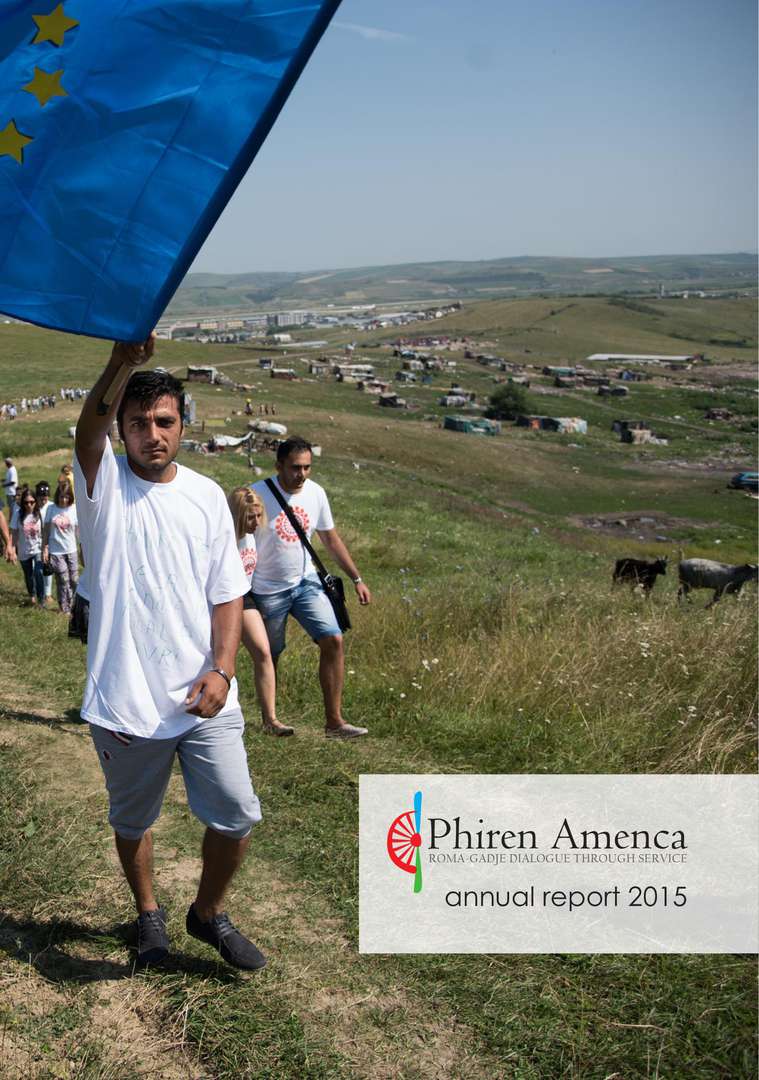Through a number of demonstrations, protests and statements, ternYpe repeatedly called for the inclusion of Romani youth, not only as beneficiaries but also as equal stakeholders. During the OSCE 2010 Review Conference, ternYpe issued a statement demanding ‘...a positive compromise by the OSCE, its member states and other relevant stakeholders, in establishing a channel of communication with the youth and including a youth dimension in their programs and policies. These policies should be developed based on a mutual dialogue between young people and the policy-makers.’
Roma youth activism today
Since 2010, both these youth networks have contributed not only to inclusion of the youth dimension in relevant policy documents on Roma, but also bringing recognition of Roma youth activism and youth agency through a variety of actions. Today, as never before, we are observing a plethora of youth-oriented initiatives which have been shaped through an active involvement of young Roma activists, organisations and networks. Roma youth have not only become a specific policy category in and of itself but have also increasingly undergone the necessary transformation, from a passive target group to active agents of change. Currently, Roma youth organisations are involved in policy-making processes (both internationally and nationally) to a much greater extent than ever before.At the Council of Europe, he Roma youth stakeholders helped shape the Roma Youth Action Plan, adopted in 2011. As a follow-up to the Strasbourg Declaration, the Youth Department, , organised a Roma youth conference in September 2011 in close cooperation with FERYP and ternYpe, to which sixty Roma youth leaders were invited. During the conference, the participants discussed thematic fields, priorities and activities to be included in youth action plans. Following the conference, Informal Contact Group on Roma Youth (ICG) was created at the Council of Europe.




